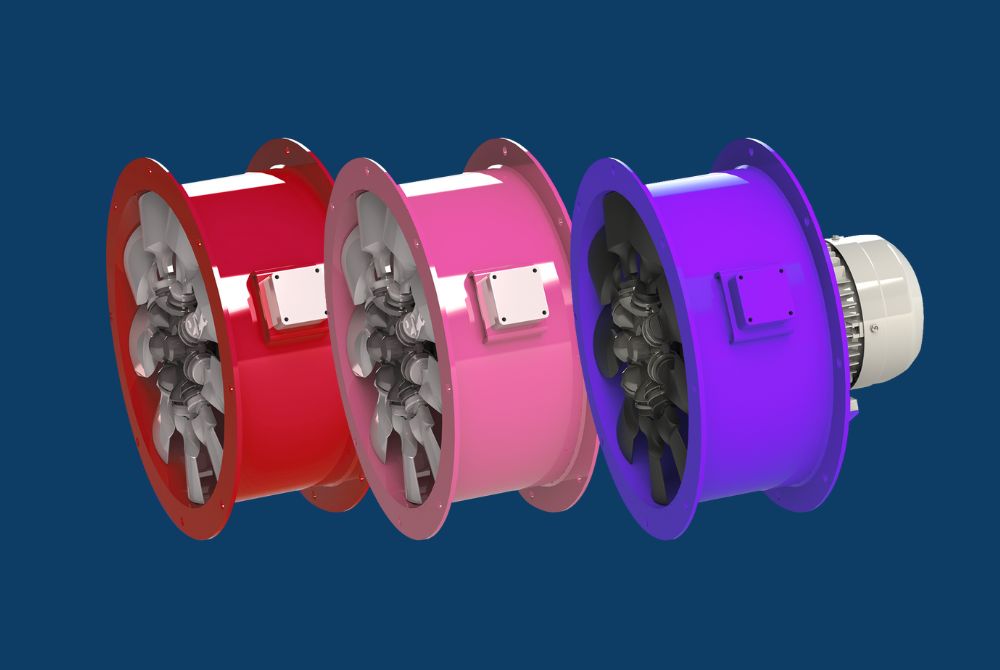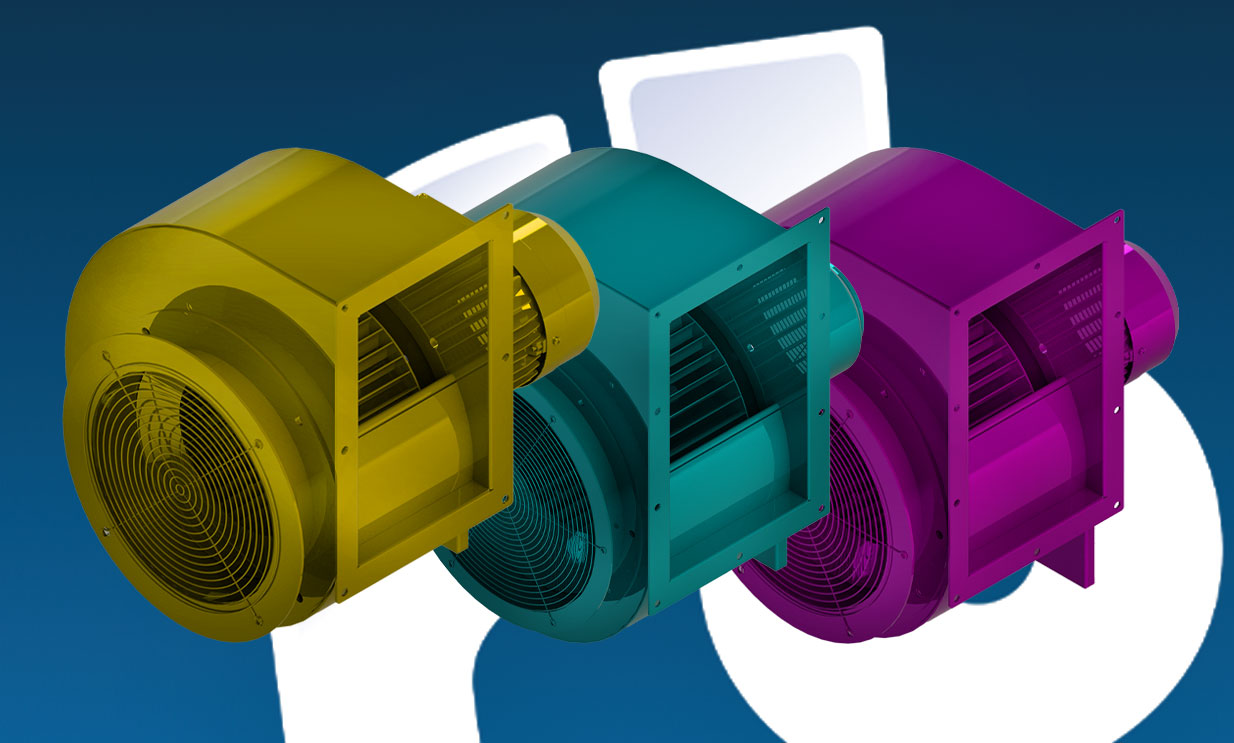


News
10.10.2025
When selecting a fan for any industrial or commercial application, one of the most important questions to consider is: how much power does a fan use?
Understanding fan power consumption helps you optimise energy efficiency, reduce operating costs, and ensure the fan is correctly sized for your process.
Fan power is typically measured in kilowatts (kW) or watts (W) — depending on the motor size and fan type.
The total power drawn by a fan depends on airflow rate, pressure, motor efficiency, and fan design.
The power absorbed by a fan can be estimated using:
Power (kW) = (Airflow × Pressure) ÷ (Efficiency × 1000)
Where:
Even small differences in efficiency can lead to significant energy savings over time, especially in continuous-operation environments.
The power usage of a fan can vary widely depending on its type and application:
| Fan Type | Typical Power Range | Common Applications |
| Axial Fans | 0.1 – 15 kW | Ventilation, cooling, HVAC |
| Centrifugal Fans | 0.5 – 250 kW+ | Industrial processes, air handling, dust collection |
| High-Temperature Fans | 2 – 200 kW | Furnaces, combustion air supply |
| Energy-Efficient EC Fans | 0.05 – 5 kW | HVAC, electronics cooling |
At Fans & Blowers, our axial and centrifugal fans are engineered to deliver maximum airflow with minimal power draw, helping clients lower energy consumption across a range of industries.
Axial fans move large volumes of air at lower pressures, typically using less power than centrifugal fans, which are designed to handle higher pressure applications.
The more resistance in your ducting or filtration system, the harder your fan must work — increasing power use.
High-efficiency IE3 or IE4 motors can cut energy costs by up to 20% compared with older models.
Fans & Blowers offer a range of IE4 motors for maximum performance and energy compliance.
Power increases roughly with the cube of the fan speed — meaning doubling the speed can increase power consumption eightfold.
That’s why speed control systems (such as variable frequency drives) are crucial for energy management.
Fans working in high-temperature or corrosive environments may consume more power to maintain airflow against increased resistance or density changes.
At Fans & Blowers, we help engineers and operators select fans that achieve optimal performance with minimal energy input, tailored to each application.
Let’s compare two typical fans used in industrial ventilation:
That’s an 18% energy saving simply by choosing a more efficient fan design, adding up to hundreds of pounds saved annually per unit.
So, how much power does a fan use?
It depends on the fan type, size, system resistance, and motor efficiency — but with the right selection, you can achieve powerful airflow with reduced energy costs.
Whether for HVAC, combustion air, or industrial extraction, Fans & Blowers provides high-efficiency axial and centrifugal fans designed to deliver maximum performance at minimum power consumption.
Return To NewsKeep up to date with our
Our Range


Worldwide shipping
International standards
High performance

